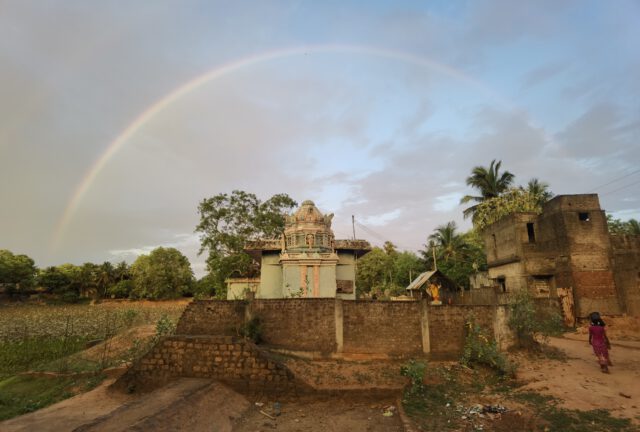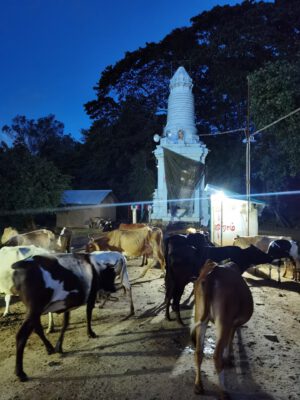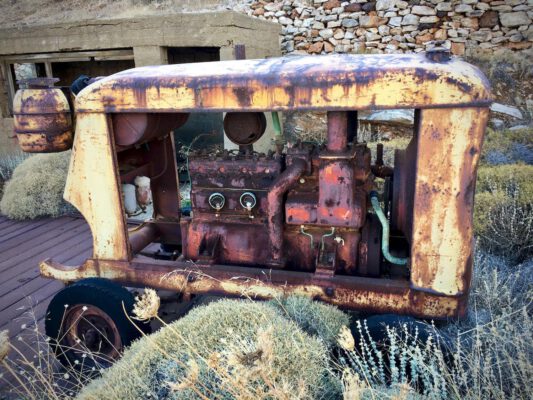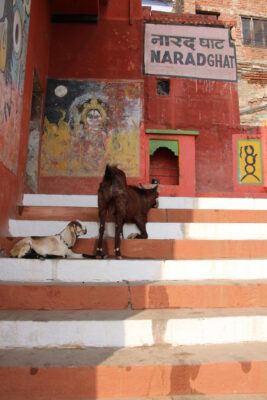Mometimes meditation is quite simple and natural. I sit down, go into my body, become aware of my sensory apparatus and how my consciousness and mind deal with it, bring everything to rest and higher consciousness shows up, a different kind of knowledge, space and time, a different world of experience...
But sometimes it is also difficult, and then I learn how meditation really works. I sit down and a chaos of thoughts and feelings spreads. It takes a long time before I even notice it, I'm so caught up in my head. When I notice this, I focus on my breath and try to become aware of my body. There is an outside, a body, an inside. This is connected through the breath. I become aware that I am alive, that my body and mind are alive and I ask myself what that means. Being alive, being conscious, thinking, feeling. This is a good time to focus on the chakras. Different levels of being. Kundalini, the serpent, is a good guide. It coils and stretches, crawling up through the different levels of being, through matter, sexuality, the emotional world, through the heart and speech, the mind and consciousness, then through the experience of Satchitananda, the higher consciousness. This path can be quick, a few short minutes, or I can take my time, pause and look closely at what is going on at each level. I notice that my sitting position probably changes imperceptibly on the outside, but radically on the inside. A small, tiny correction to the spinal posture opens up a new level, a new plateau and releases energy. It's a bit like building a tower with wooden blocks. If the base is right, I can build very high. If the second floors are totally crooked and chaotic, then it becomes very wobbly and unstable towards the top.
This is a fine balancing act, because the still position is very important in meditation. I also tend to adopt a relatively strict position in the half lotus position, sometimes in the full lotus position. It helps with what I have described. The still position, almost rigid from the outside, is highly agile from the inside. I actually need at least 20-30 minutes to activate the basic elements and bring them into an energetic line. The body is so complex, it lives, feels, breathes, thinks, smells and hears, hurts and experiences happiness. To think that it is only important to become calm is a huge misunderstanding. The body is the most complex instrument we have, and yet it is so little used. The various practices of yoga serve precisely this exploration. With practice, you can become a real virtuoso, and then spaces open up that you were previously unaware of and mocked when others talked about them.
These inner worlds are worlds of the spiritual. Meditation opens up a space in which almost anything seems possible. I like meditation because it allows us to explore these worlds slowly and carefully. Of course, this is also possible through trance, substances, rituals and collective experiences. Countless cultures have amassed an enormous treasure trove of practices over the past millennia. But I find them a bit scary. It's a bit like when someone takes me to a party and suddenly I'm standing in a highly energetic space, immersing myself and becoming part of it, losing myself and connecting, having new experiences, a rush of the senses. These experiences are great, but they don't give me the basis to explore my existence. I am to a certain extent at the mercy of these experiences. In meditation, on the other hand, all paths are open. It is not my self that is navigating, it is rather a higher self, but I am in contact with my self, can control it if I want to, although such an intervention within a deep meditation is critical; it can easily throw it back to lower levels.
These worlds, in which my higher self connects with a higher consciousness, are states of bliss. It is what the Upanishads call deep sleep, because the body is completely in deep sleep, the consciousness is not stimulated by the senses of the body. The body does not exist for meditation as deep sleep. The consciousness into which mine is immersed is a spiritual experience. However, it is quite real. It is my consciousness that connects. It is here and now, it is this world, not another. It is immanence. Just a fuller reality. A sleep that is actually the highest state of wakefulness, because it cannot be distracted by external sensory impressions. Perhaps the serpent, which shades the head of some gods with 7 heads and protects them from rain, has this symbolism, that many things can be seen at the same time, that as levels of our body can be present in conscious clarity. The 7 rivers of the Rigveda, the 7 levels of existence. These images are always so infinitely complex here in India.
At the same time, many of the plateaus that Kundalini flows through have long since become part of my everyday consciousness. Contemplation and reflection, sensuality and pleasure, living through emotions and sorting thoughts, weighing things up and making decisions - these are all levels of my existence that I can accept as such. It's not about doing the 'right' things expected by society, but about taking them seriously as phenomena, bringing them to bear as manifestations of the world and making them conscious and navigating them as best I can. In this way, I become a witness to a reality that - in and of itself - can do little to me. It is a gift of life to be able to have these experiences. That seems to be part of the meaning of life. This living through...
Sometimes meditation is easy and sometimes difficult. Sometimes it just comes, and sometimes you have to practise. There are a few aids and countless paths to it. There is no one right way. Everything is okay, because everything is reality, there is nothing other than reality. Some paths are more difficult and some have consequences, that's it.
Read more:
Aurobindo: Life Devine, Book II, Chapter VI, Reality and the Cosmic Illusion.







